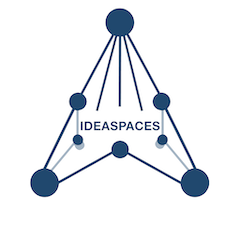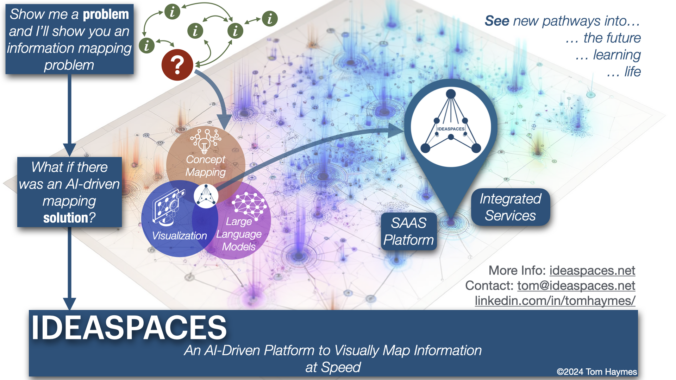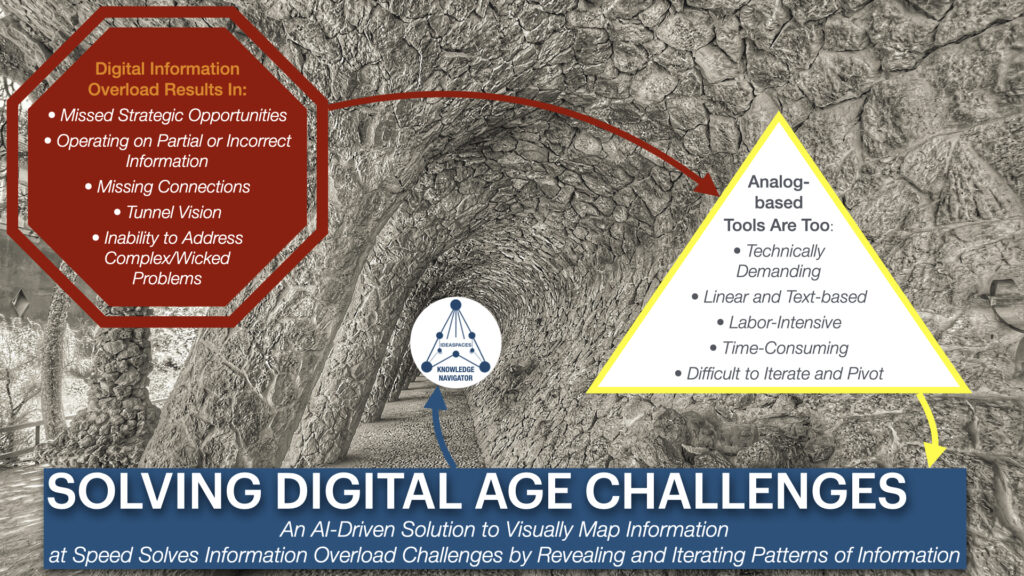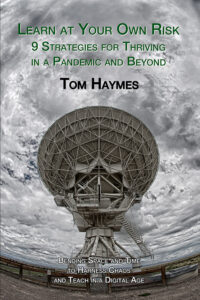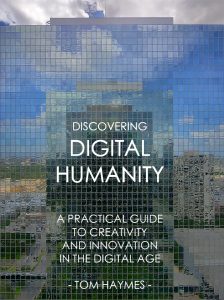The IdeaSpaces AI-Driven Mapping Concept Explained
We design conceptual, virtual, and physical spaces that connect humans with each other and their ideas. Digital Age thinking allows us to reimagine thinking spaces across the spectrum of human activity.
Our latest project is to develop an AI-driven knowledge mapping product to help organizations and individuals to imagine new perspectives for dealing with complex problems.
We are looking for partners to help us develop a prototype AI-driven mapping product.
Contact tom@ideaspaces.net if you are interested in partnering with us.
– Book –Learn how to use the IdeaSpaces Framework to design post-pandemic teaching with Learn at Your Own Risk. |
– Book –
|
